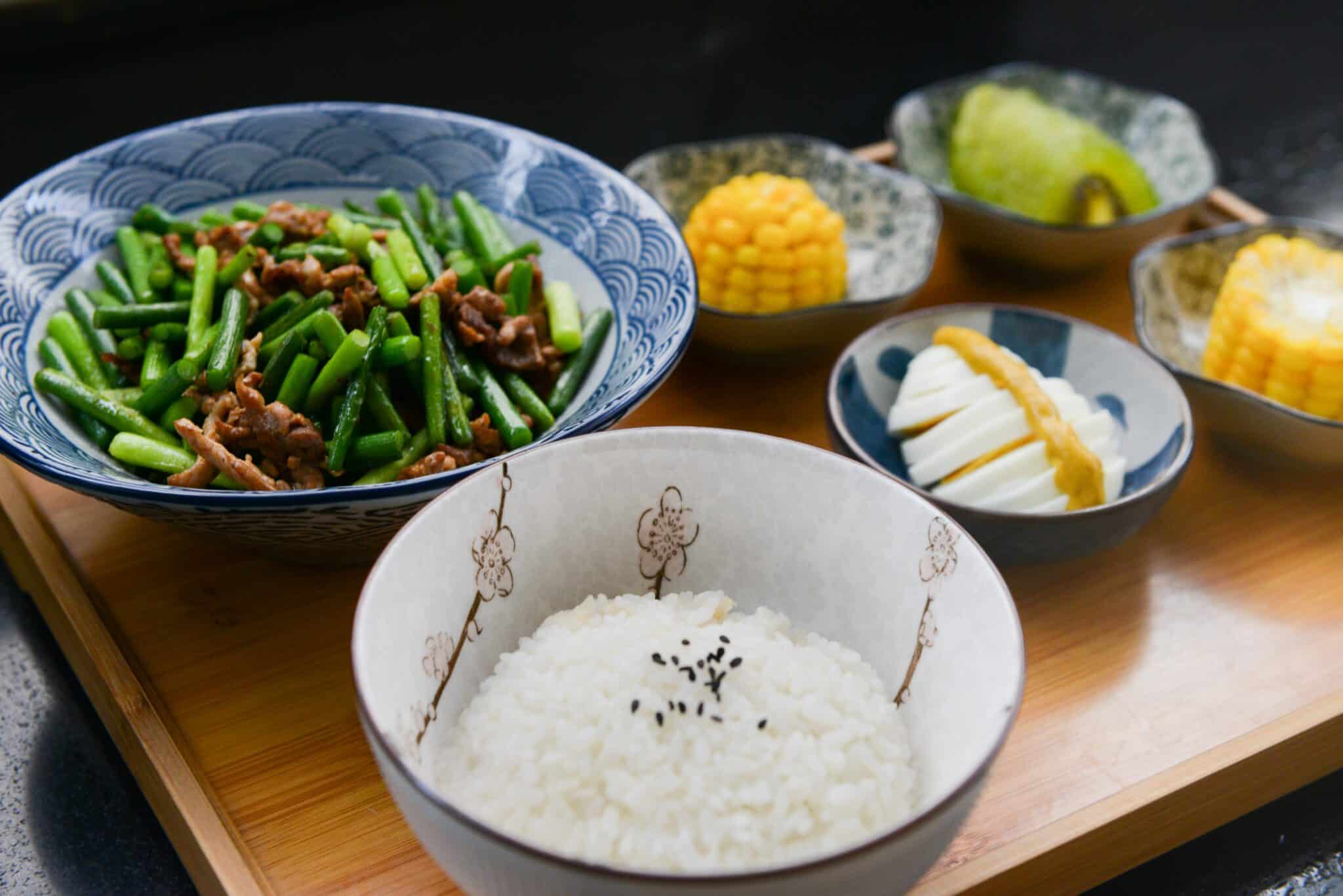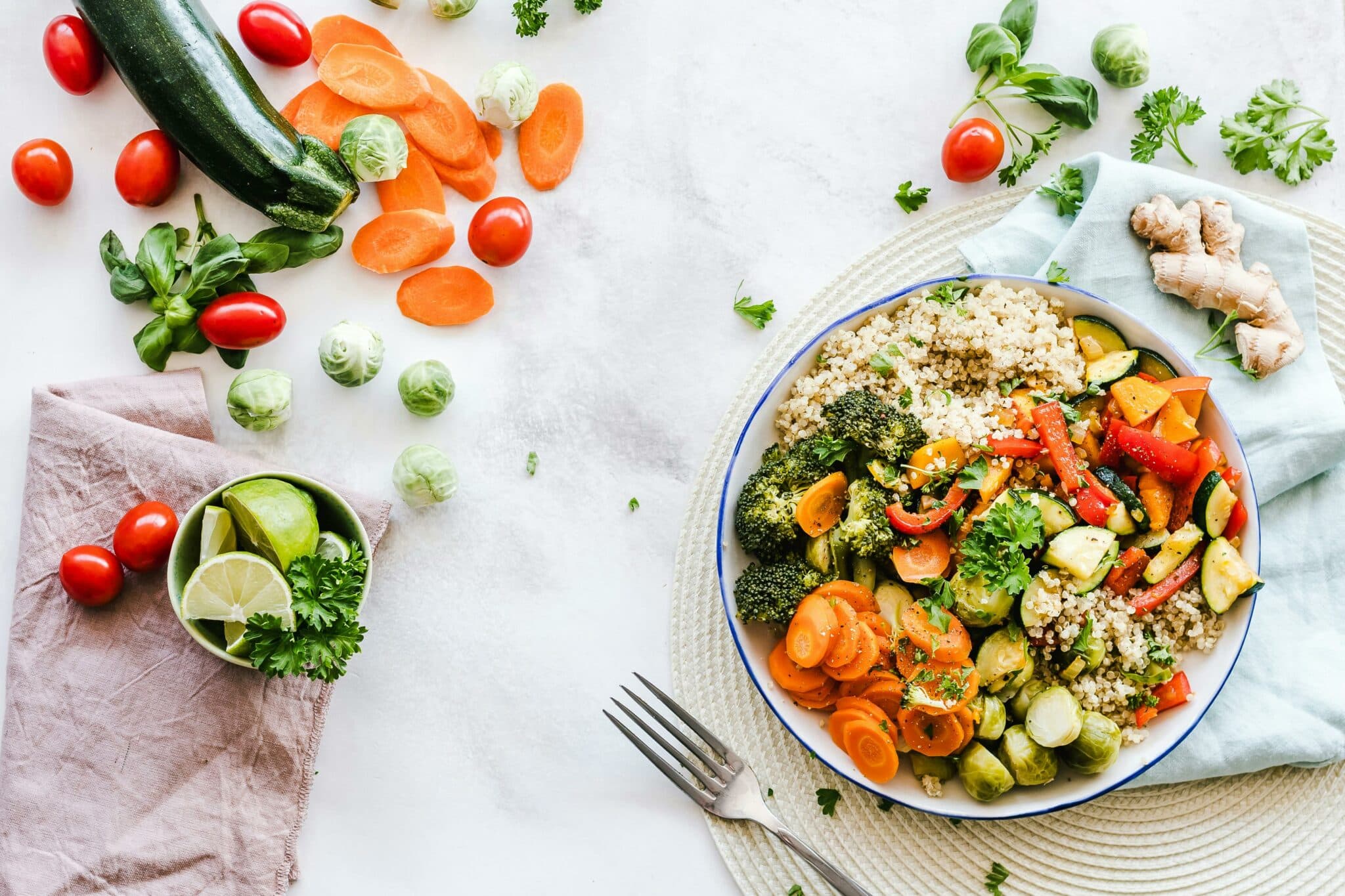Traditional Nicaraguan Food – a Brief Tour

Nicaragua is a land of contrasts and diversity. From its Pacific and Caribbean coasts to its mountainous interior, it offers a fascinating array of landscapes, cultures, and traditions.
The country is marked by a complex mix of indigenous, Spanish, and African influences that have shaped its unique cultural heritage. And there is no better example of this melting pot of cultures than Nicaraguan traditional food. Mesoamerican staple foods with European influence and Caribbean flavor come together to prove that the whole is more than the sum of its parts.
From hearty stews with plenty of rice to fresh and acidic ceviches, Nicaragua definitely has a dish that is just right for you, either savory or sweet.
Ready to learn more? Let’s begin!
Savory dishes
Nicaragua has a wealth of traditional savory dishes. Corn is usually the main ingredient, a staple from pre-Columbine times. But rice, plantains, beans, pork, and fish are also popular ingredients in traditional Nicaraguan food.
Some of the best dishes from Nicaragua are:
- Gallo Pinto
- Nacatamales
- Rondón
Gallo Pinto
The national dish of both Nicaragua and Costa Rica, Gallo pinto, is a meal that is usually enjoyed as breakfast. It’s so ubiquitous that Nicaraguans joke that the country runs on Gallo pinto. You can find it as a side dish with some meat or as a main course with a fried egg on top.
It consists of pinto beans and fried rice as a base, with onions, peppers, and cilantro. If you are on the Caribbean side of Nicaragua, you’ll find it with some coconut cream for a hint of sweetness and creaminess.
Nacatamales
Nacatamales are Nicaragua’s version of the traditional tamal that’s found all over Central America. This dish has its origins in the indigenous inhabitants of the region. The name comes from the Nahuatl “nacatl” (meat) and “tamalli” (to wrap something).
It consists of a mixture of meat (which can be beef, chicken or pork), sauteed with onions, sweet peppers, tomatoes, potatoes and rice. The ingredients are mixed inside a dough made out of corn and butter. Then, it’s all wrapped in plantain leaves and steamed for hours.
This delicious dish is usually eaten during the weekend or festivals, given its long preparation and cooking time. When you have it, remember not to eat the leaves! They are not meant to be eaten; they are only there to protect the dough.
Rondón
Rondón is the hangover cure par excellence in Nicaragua; it will fill you, give you energy, and even bring you back from the dead! (or so say the locals). It’s a hearty stew with its roots in the creole community of Bluefields, and its name comes from the Latinization of “Run down”.
This dish is a typical fisherman’s stew. The catch of the day is boiled in a fish stock with root vegetables like yuca, carrots or potatoes with onions, bell peppers, and chilies. Then, some coconut cream it’s added to give the dish a silky texture. Nowadays, you can also find it with meat, pork, or even both.
Sweet dishes
If you have a sweet tooth, traditional Nicaraguan food has you covered. It boasts some of the most delicious treats in the Central American region, for instance:
- Torta Tres Leches
- Pío Quinto
Torta tres leches
The pride-of-the-fleet of Nicaraguan desserts. This spongy cake, now found all over the Caribbean and the world, has its roots in Nicaragua. It’s said that this cake came about when the typical Spanish drunken cake was combined with canned milk, really popular all over the region during the Great Depression.
The titular Tres leches (three milks) are:
- Whole milk
- Evaporated milk
- Condensed milk
These form the basis of a sweet sauce that positively drenches a spongy vanilla cake. Sometimes even whipped cream is added on top, making it a cuatro leches or four milks cake.
Pío Quinto
This is a hidden jewel of Nicaraguan traditional food. While the tres leches cake is widely known around the world, the Pío Quinto cake is something exclusive to Nicaragua.
There’s no explanation of why the cake is named after Pope Pius the Fifth, but everyone knows this cake is delicious!
The Pío Quinto is another variation of a traditional Spanish drunken cake: a sponge cake drenched in rum and honey syrup. But what makes it really interesting is what covers the cake. Pío Quinto is covered in crema pastelera, a custard made out of milk, eggs, and cornstarch, with aromatics like cinnamon and bitter orange peels. Then, it’s left to cool down. The finished product is a delicious cake with a contrast in textures between the creamy pudding and the drunken cake.
Key Takeaways
Nicaragua’s strength when it comes to tourism is its diversity. Diverse breath-taking landscapes and beaches, diverse gastronomy, and diverse people and their culture.
The country’s diversity also means that it is probable that you’ll have to come back to experience everything the country has to offer. A brief guide will never do justice to all the dishes and experiences you’ll find in Nicaragua: you will have to see for yourself!
Recently, Nicaragua has lifted its PCR requirements for travelers entering the country. However, it’s never a bad idea to get tested if you are traveling, to avoid unpleasant surprises during your trip.
Use our international directory to find test centers near you and experience everything Nicaragua has to offer.



